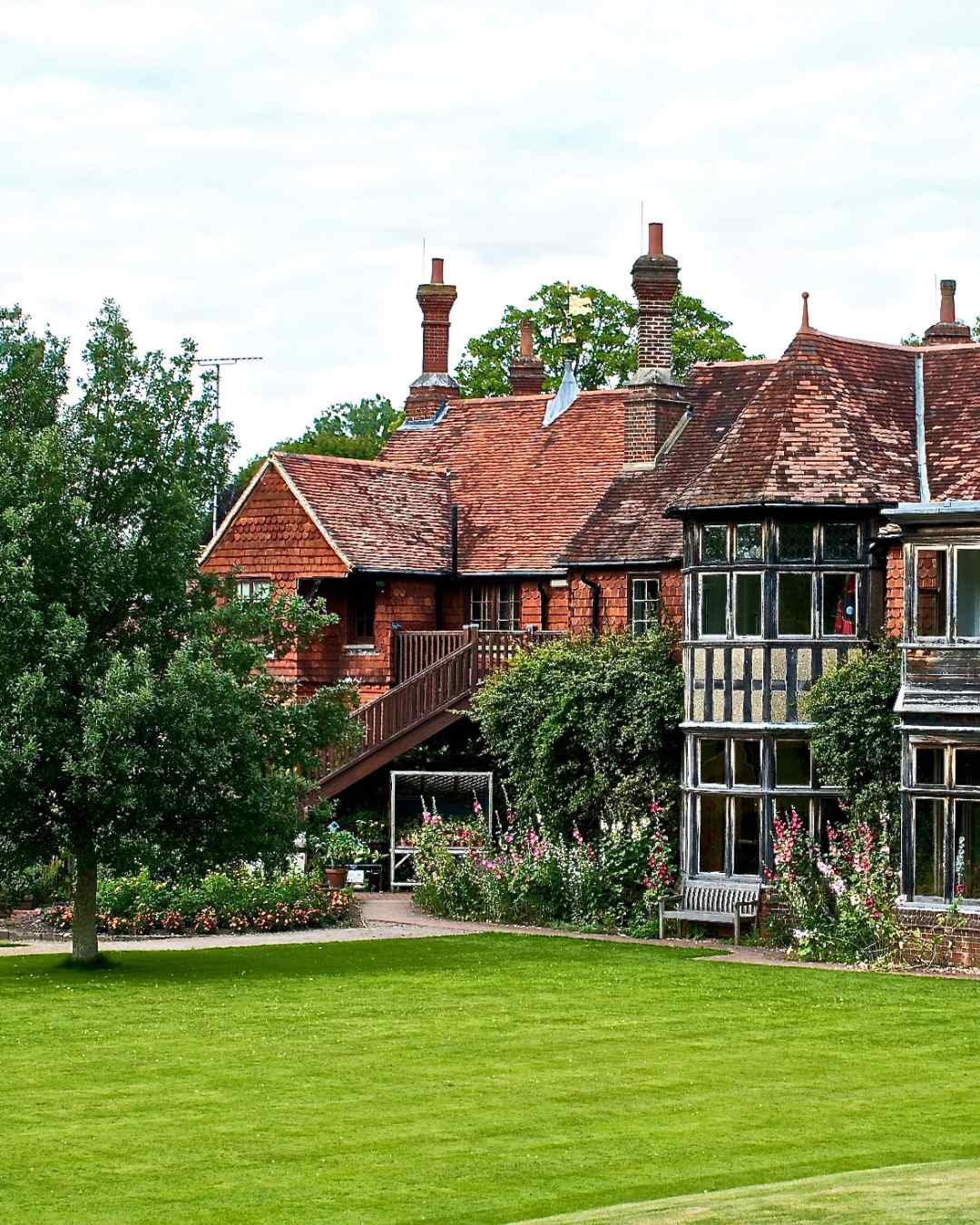Gilbert White, the widely regarded Father of Ecology turns 305 on July 18. To mark this milestone Gilbert White’s House and Gardens, located in the historic village of Selborne is granting the public free entry on Saturday July 19.

Hit by COVID in 2020, the team were unable to give White a proper celebration for his 300th birthday, making this year’s anniversary even more significant. Now, in 2025, the museum invites the public to honour one of Britain’s most influential naturalists with a day of open access, trail activities and family fun. This year also marks the museum’s 70th anniversary, which first opened its doors in September 1955. Since then, generations of visitors have been welcomed to the grounds to explore the very home and landscape that inspired The Natural History of Selborne, one of the most published books in the world that has been in circulation for over 200 years and has forever changed the way in which we observe the natural world.
Gilbert White loved a party, and enjoyed seeing his house full of friends and family, so it seems appropriate to celebrate his birthday by inviting everyone for a wonderful day.
White was born on July 18, 1720, in the Selborne vicarage, where his grandfather was the parish priest. White, with his grandparents, parents, nine brothers and sisters lived at The Wakes, originally a small house.
He was responsible for several major discoveries in the world of natural history. He was the first to identify the harvest mouse, he correctly realised that the species of bird known as a Willow wren was in fact three separate species: the Wood warbler, the Chiffchaff and the Willow warbler. He also discovered the Noctule bat.
While other natural historians of the 18th century gathered information across the country, White closely observed nature in one patch of country, as modern natural historians do. His scientific fame rests on his minute observation of all nature in his garden, on his walks and his rides in the countryside.
White’s book, compiled of letters written to fellow naturalists Thomas Pennant and Daines Barrington, is reputed to be, after the Bible, Shakespeare’s works and Pilgrim’s Progress, the most published book in the English language. The Natural History of Selborne was published in 1789 and since then has never been out of print.
Charles Darwin, a great admirer of White’s work commented from reading White’s Selborne…’ I remember wondering why every gentleman did not become an ornithologist’.
Darwin claimed that he ‘stood on the shoulders’ of White and even went on ‘a pilgrimage to Selborne’ as a young man.
